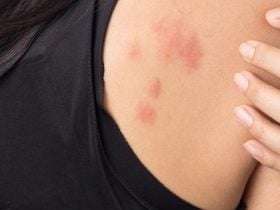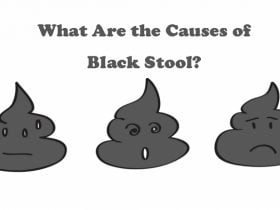Treatment for bites from a nonvenomous spider

Every spider has a venom that they use to pose little to no risks to humans. Here’s a list of spiders that are unlikely to cause serious issues, unless it is a case of an allergic reaction:
- brown widow spider (found in the Southern and Western United States)
- funnel web weaver spider (grass spider) (United States and Canada)
- huntsman spider (found primarily in warmer states)
- orb weaving spider (United States and Canada)
- cellar spider (daddy longlegs) (United States and Canada)
- hobo spider (Pacific Northwestern United States)
- red-legged widow spider (Florida)
- jumping spider (California, Florida, Texas, and Canada)
- yellow sac spider (all of North America)
- tarantula (Southern and Southwestern United States)
- wolf spider (all of North America)
The first thing to do when you discover a mild spider bite is to wash the area with soap and water to remove the venom, bacteria , or dirt that could enter your bloodstream through the open wound.
It may also help to apply a cold compress or an ice pack soothing and if needed use a bandage to protect the wound. Before you cover the bite, consider using an over-the-counter (OTC) medicated cream, such as:
- hydrocortisone or antihistamine cream to help with itching
- analgesic cream to help reduce pain
- triple antibiotic ointment to discourage infection or if you’re blistering













